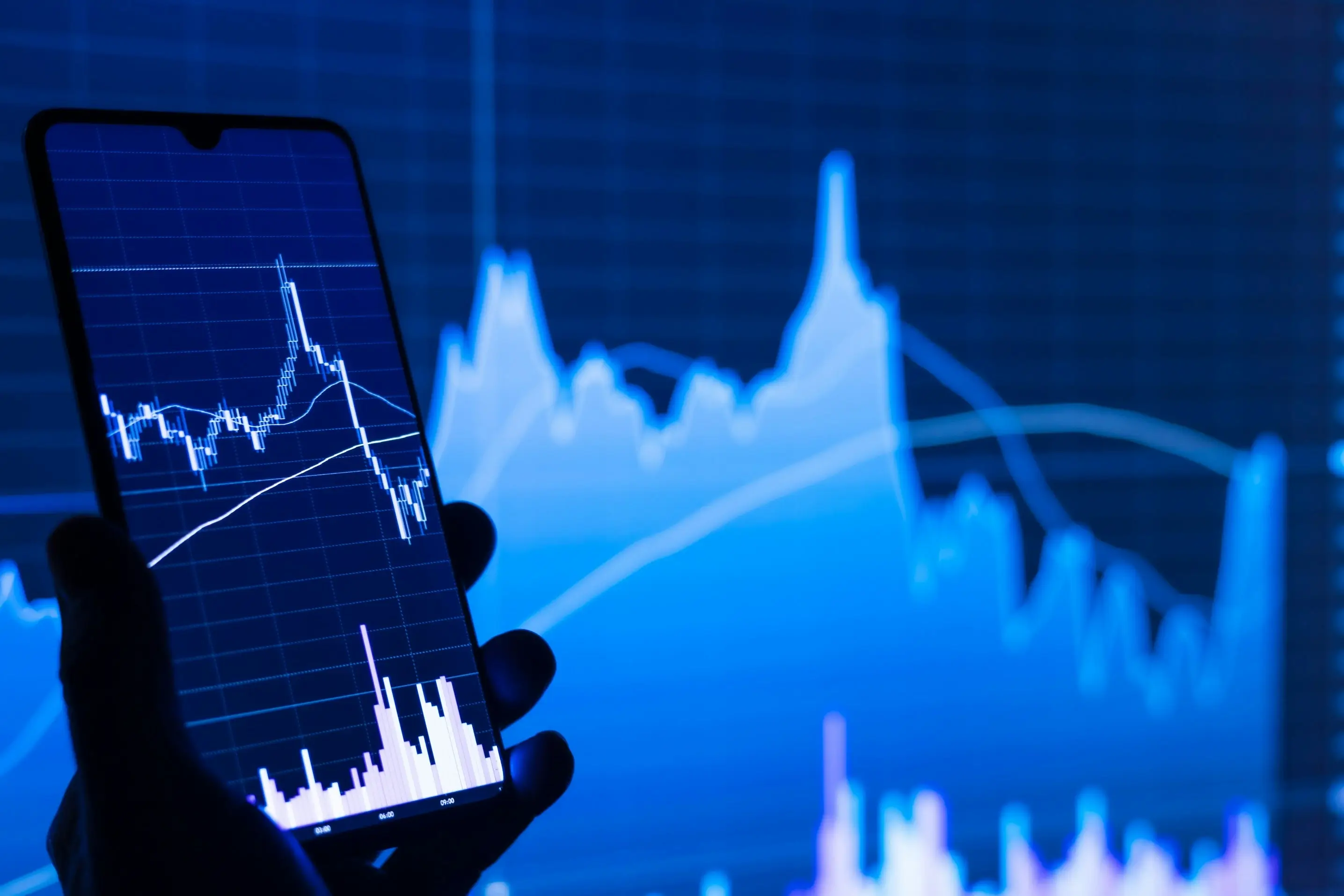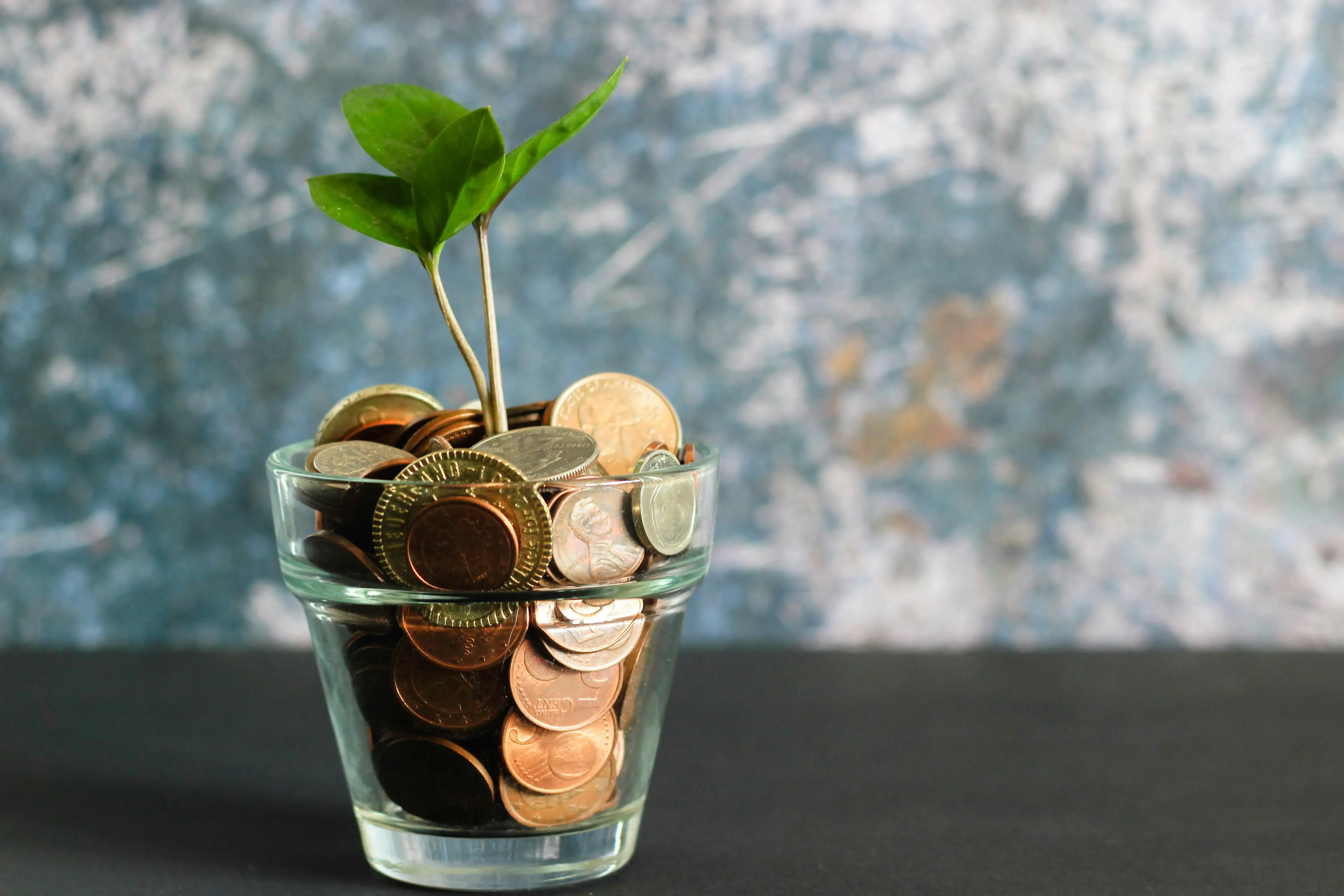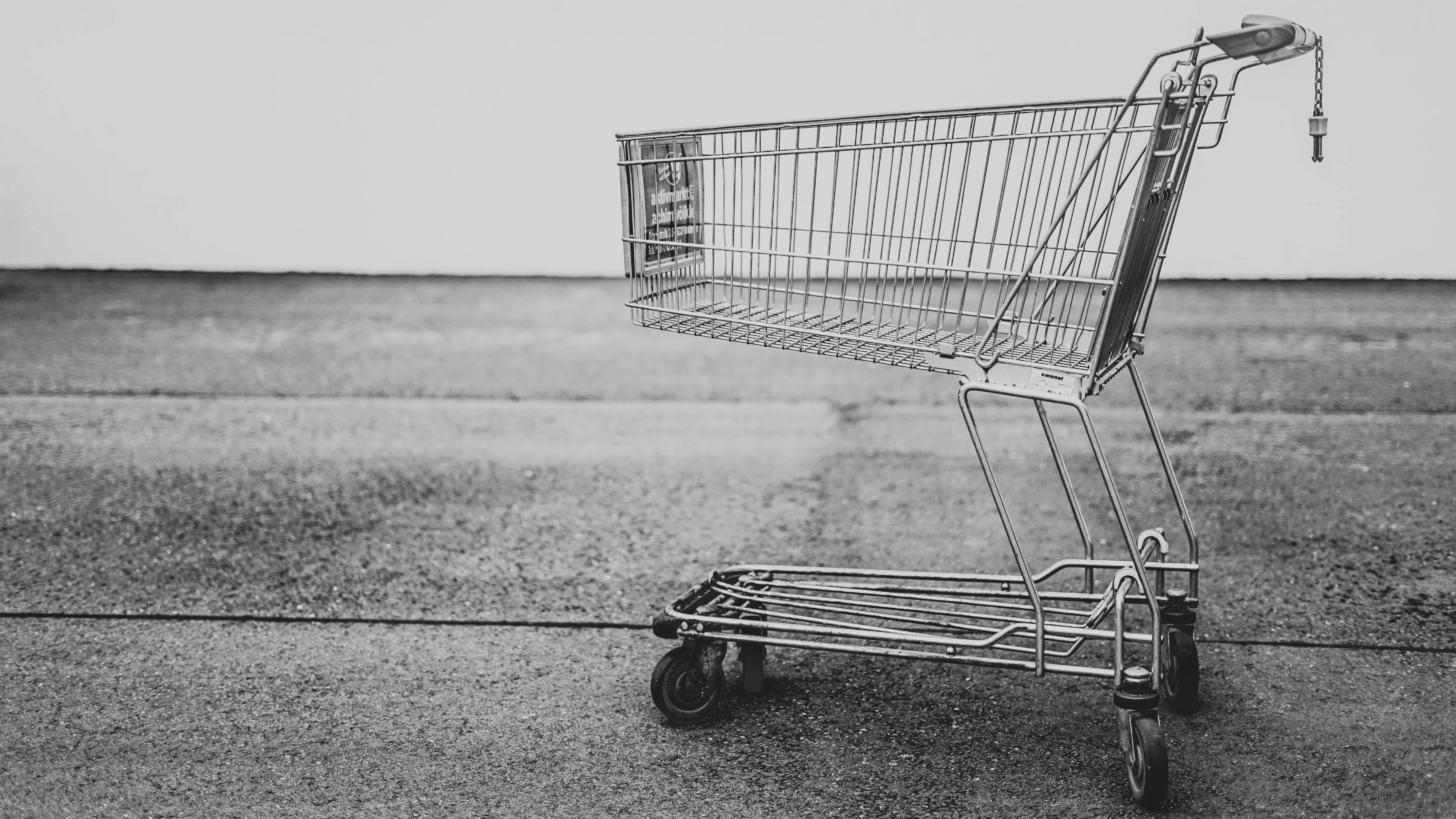Understanding your Shopify store’s conversion rate is crucial for measuring success and identifying areas for improvement. With millions of online stores competing for customer attention, knowing where you stand against industry benchmarks can help you set realistic goals and implement effective strategies to boost your sales.
Understanding Shopify Conversion Rates
What is a Conversion Rate?
A conversion rate represents the percentage of website visitors who complete a desired action, typically making a purchase. To calculate it, divide the total number of conversions by the total number of visitors and then multiply by 100. For example, if you had 1,000 visitors and 20 of them made a purchase, your conversion rate would be (20 / 1,000) x 100 = 2%.
Current Shopify Conversion Rate Benchmarks
Based on recent industry data, average ecommerce conversion rates are around 2.5% to 3% according to industry leaders, though this can vary significantly depending on various factors. Shopify says that a conversion rate of 3.3% or more is good: in fact, it would put you in the top 20% of all Shopify stores.
More specifically, Shopify store conversion rates generally average around 1-2%, with top performers exceeding 3.2% and the best reaching 4.7% or higher. However, a good Shopify checkout conversion rate is typically between 2% and 5%, though top-performing stores may achieve rates higher than 5%.
Industry Variations and Benchmarks
Conversion Rates by Industry
Not all industries perform equally when it comes to conversion rates. As of November 2023, products related to arts and crafts have the highest eCommerce conversion rates of 5.01%. This category is followed by health and well-being at 4% and home products showing strong performance as well.
The average conversion rate across sectors within eCommerce in 2025 is 2% to 4% average e-commerce conversion rates depending on the industry. Retail including fashion, jewelry, shoes, and more command a major part of eCommerce stores. This industry sees a good average conversion rate (1.9%), which is slightly below the overall average but still represents a significant market segment.
Global Benchmarks
As of 2025, the average eCommerce conversion rate falls between 2% and 4%. This range can fluctuate depending on several factors, such as the type of product you’re selling, how well your website is optimized, and where your business operates. Regional differences also play a role, with the UK eCommerce conversion rate average being 3.4%, showing some markets outperform global averages.
Mobile vs Desktop Performance
Device-Specific Conversion Rates
The device your customers use significantly impacts conversion rates. As of June 2024, the average mobile ecommerce conversion rate for online retail was 2.89%. When examining checkout completion specifically, mobile devices have an average of 46.3%, while desktop devices achieve a higher rate of 47.5%. This slight edge in desktop performance suggests that users may find it easier or more trustworthy to complete purchases on larger screens.
Cart Abandonment Challenges
Mobile commerce faces unique challenges, particularly with cart abandonment. Mobile ecommerce has the highest rate of cart abandonment at 85.65% (desktop is 73.76% and tablet is 80.74%). This highlights the importance of optimizing the mobile checkout experience to capture more conversions.
Proven Strategies to Improve Your Conversion Rate
Optimize Your Product Presentation
Visual presentation plays a crucial role in converting visitors to customers. Using 3D product images have a big impact on increasing conversion rates. As much as 250 percent conversion can be increased by using 3D images that show different sides of products. This dramatic improvement demonstrates the value of investing in high-quality product visualization.
Streamline the Checkout Process
The checkout process is where many potential sales are lost. Focus on reducing friction by minimizing form fields, offering guest checkout options, and ensuring your payment process is secure and user-friendly. Consider implementing express checkout options like Shop Pay or Apple Pay to reduce the number of steps required to complete a purchase.
Implement Social Proof
Customer reviews, testimonials, and social proof can significantly impact purchasing decisions. Display customer reviews prominently on product pages and consider implementing features like recently purchased notifications to create urgency and trust.
Optimize for Mobile
Given the significant portion of traffic coming from mobile devices, ensure your store is fully optimized for mobile users. This includes fast loading times, easy navigation, and a simplified checkout process that works seamlessly on smaller screens.
Use Exit-Intent Popups
Capture visitors who are about to leave with targeted exit-intent popups offering discounts, free shipping, or other incentives. These can help recover potentially lost sales and improve overall conversion rates.
Advanced Conversion Rate Optimisation Techniques
A/B Testing
Continuously test different elements of your store, including product descriptions, pricing presentations, call-to-action buttons, and checkout flows. Small changes can lead to significant improvements in conversion rates over time.
Personalization
Use customer data to create personalized shopping experiences. This can include product recommendations based on browsing history, personalized email campaigns, and targeted offers based on customer segments.
Seasonal Optimisation
Seasonal trends impact conversion rates, with peak periods like Black Friday, Cyber Monday, and holiday sales seeing temporary spikes in conversion rates. Plan your optimisation efforts around these peak periods to maximize their impact.
Site Speed Optimisation
Ensure your Shopify store loads quickly across all devices. Slow loading times can significantly impact conversion rates, as customers are likely to abandon their shopping session if pages take too long to load
Measuring and Monitoring Your Progress
Key Metrics to Track
Beyond overall conversion rate, monitor metrics like average order value, customer lifetime value, and conversion rates by traffic source. This comprehensive view will help you understand which optimisation efforts are most effective.
Regular Analysis and Adjustment
Conversion rate optimisation is an ongoing process. Regularly analyze your data, identify trends, and adjust your strategies accordingly. What works for one store may not work for another, so focus on what drives results for your specific audience and products.
Conclusion
While the average conversion rate across all ecommerce businesses is 1.81%, successful Shopify stores can achieve much higher rates through strategic optimisation. Remember that having a baseline of 2.5% is a good place to start, but keep working to optimize this with conversion rate tactics.
The key to success lies in understanding your specific audience, continuously testing and optimizing your store, and staying focused on providing an exceptional customer experience. By implementing the strategies outlined in this guide and monitoring your progress regularly, you can work toward achieving conversion rates that put your store in the top tier of Shopify merchants.
Focus on creating a seamless shopping experience, building trust with your customers, and continuously refining your approach based on data and customer feedback. With persistence and the right strategies, improving your conversion rate is not just possible but inevitable.





